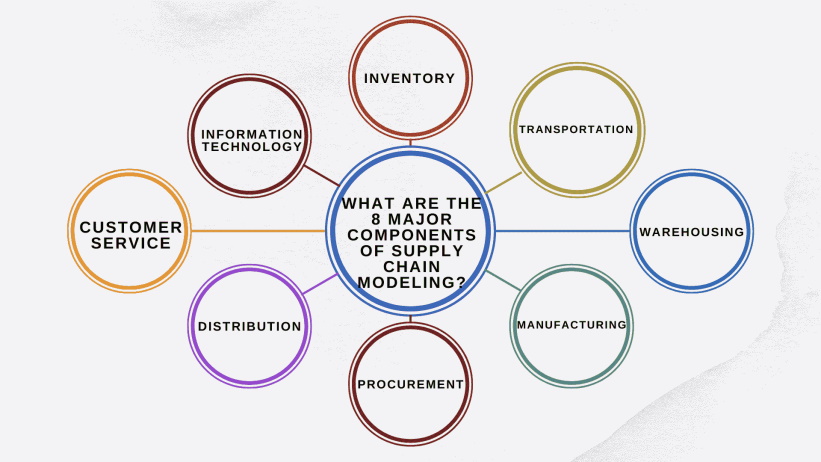Guide to Different Supply Chain Models and Which Is Best for Your Business

Today’s business world moves at the speed of light, and if you don’t have an efficient supply chain model in place, you could end up falling behind. But what is a supply chain model? How do different models work to optimize businesses? If these questions are plaguing your mind, then this blog post is just for you! Here we will explore the different types of supply chain models available today – from forecasting-based planning systems to inventory management practices – so that you can determine which one works best for your business needs. So get ready to unlock the potential of an optimized and more profitable supply chain!
Explore different supply chain models and how they can help your business
Supply chains are the interconnected networks of businesses, people, organizations, and resources involved in getting products from suppliers to customers. The key to successful supply chain management is understanding how each element functions and interacts with other parts of the business. By exploring different supply chain models, you can gain valuable insight into how your business could benefit from improved efficiency and lower costs.

One popular supply chain model is known as lean supply chain management, which focuses on reducing waste and optimizing processes throughout the entire supply chain network. Lean principles focus on eliminating activities that don’t add value while using technology, such as data analytics, to improve visibility and track progress more accurately. This type of approach can help you reduce cycle times, streamline operations and reduce costs.
Another popular supply chain model is agile supply chain management, which focuses on quickly responding to changing market conditions to stay competitive. By investing in technology such as automation, predictive analytics, and artificial intelligence, businesses can gain visibility into customer needs and adjust their operations accordingly. This type of approach can help you stay ahead of the competition while reducing risks associated with volatile markets.
Finally, there’s also the integrated supply chain model, which involves integrating multiple processes across different departments within the business. By combining data from different parts of the organization and using advanced analytics to identify trends and improvement opportunities, this approach can boost efficiency and lower costs throughout the entire business.
By exploring different supply chain models, you can gain valuable insights into how your business could benefit from improved efficiency and lower costs. Whether you’re looking to optimize existing processes or expand your operations into new markets, understanding the different types of supply chain models can help you make the best decisions for your business.

Unlock the potential of your supply chain model with these 4 types of supplier models
- Strategic Suppliers: These suppliers are the mainstay of a supply chain, providing a consistent source of quality goods and services that others cannot replicate. They are key players in any value chain and should be considered for long-term investments when possible.
- Dynamic Suppliers: These suppliers offer flexibility in their product offering, allowing you to adapt quickly to market changes with new products or services while helping you keep costs down due to short-term agreements or pricing plans.
- Flexible Suppliers: These suppliers provide innovative solutions that can help you rapidly adjust your production processes in response to unexpected events or customer needs. Their ability to produce high-quality goods and services quickly, cost-effectively, and with minimal disruption can be invaluable in a supply chain.
- Cost-Efficient Suppliers: These suppliers specialize in low costs and efficient operations that help you meet tight budget constraints while still maintaining high-quality standards. They are often experts at sourcing materials or components from global markets to reduce costs without sacrificing quality.
By leveraging these four types of suppliers in your supply chain model, you can create an agile system capable of adapting quickly to changes in the market while ensuring consistent performance throughout the entire value chain. With careful selection, management, and integration of suppliers into your overall strategy, you can optimize the efficiency and effectiveness of your company’s supply chain for long-term success.
With the right type of supplier model, you can gain a competitive advantage over competitors who are less adept at leveraging their supply chain resources. So don’t wait – start building your optimal supply chain today!
Congratulations on unlocking the potential of your supply chain model with these four types of suppliers. Now is the time to take action and realize the full benefits of having an agile and efficient system that meets all your company’s needs.


 We're ready to put our experts and technology to work on your next shipment for a safer and more secure journey.
We're ready to put our experts and technology to work on your next shipment for a safer and more secure journey.